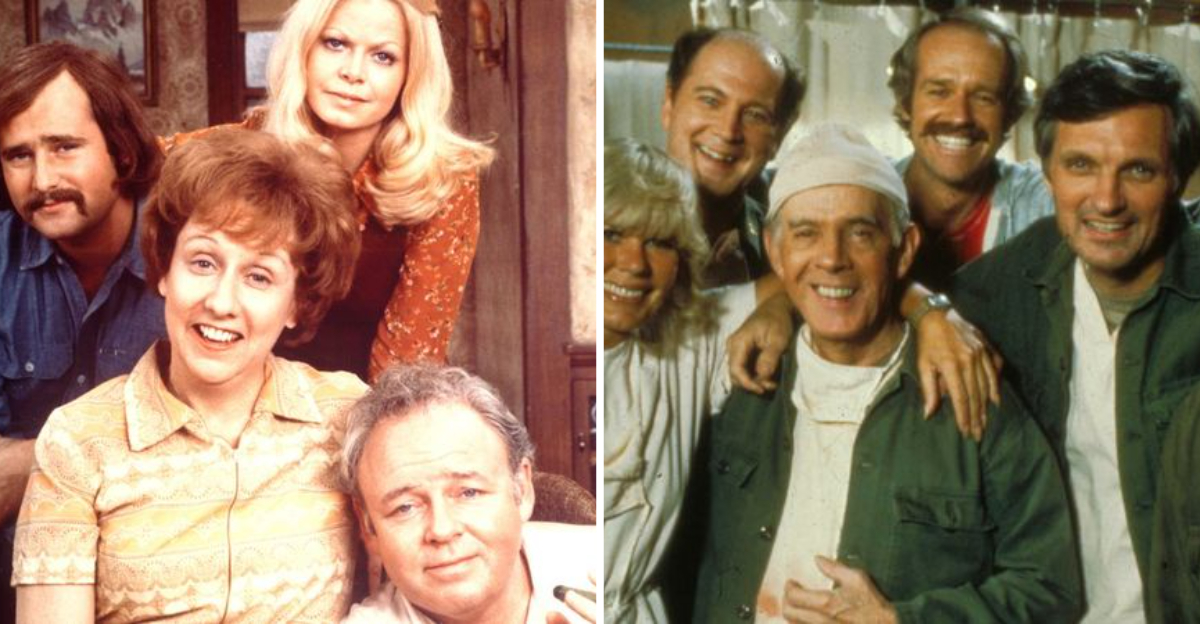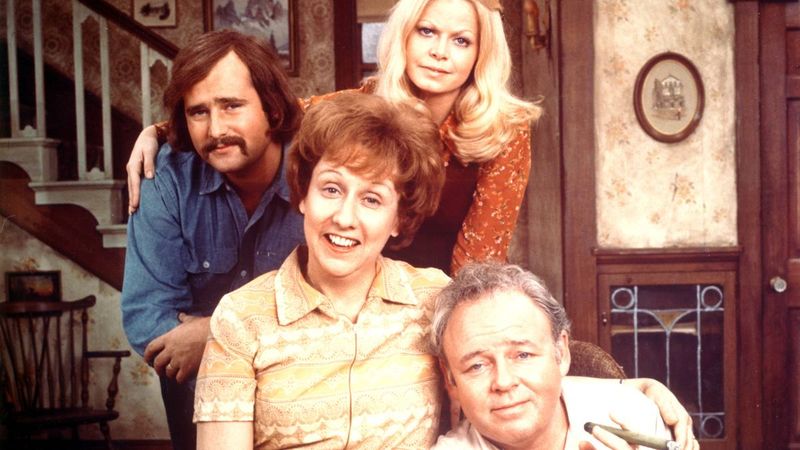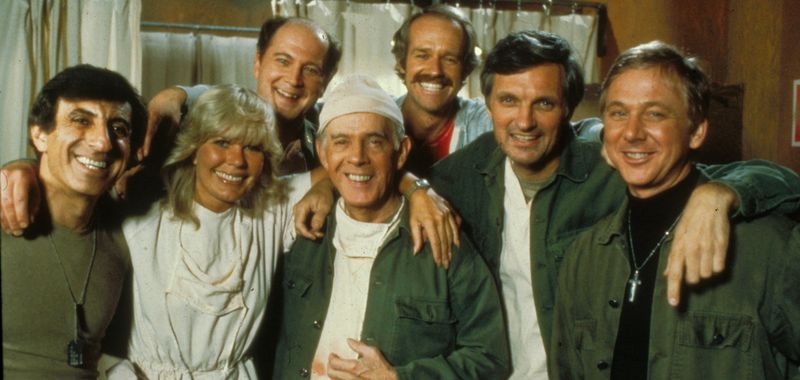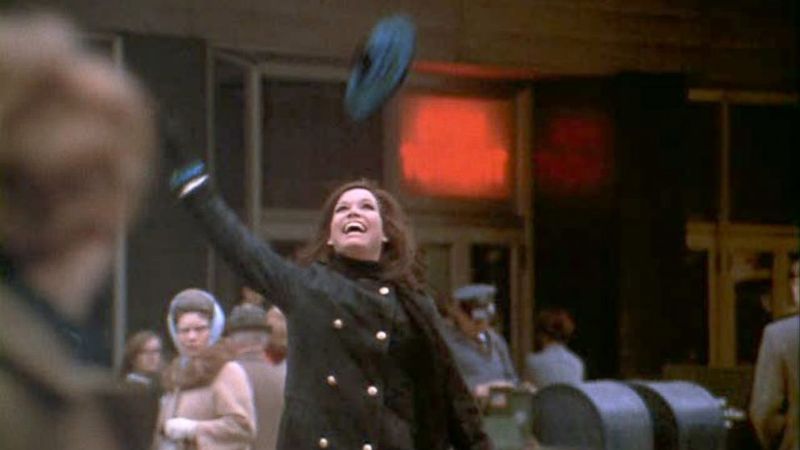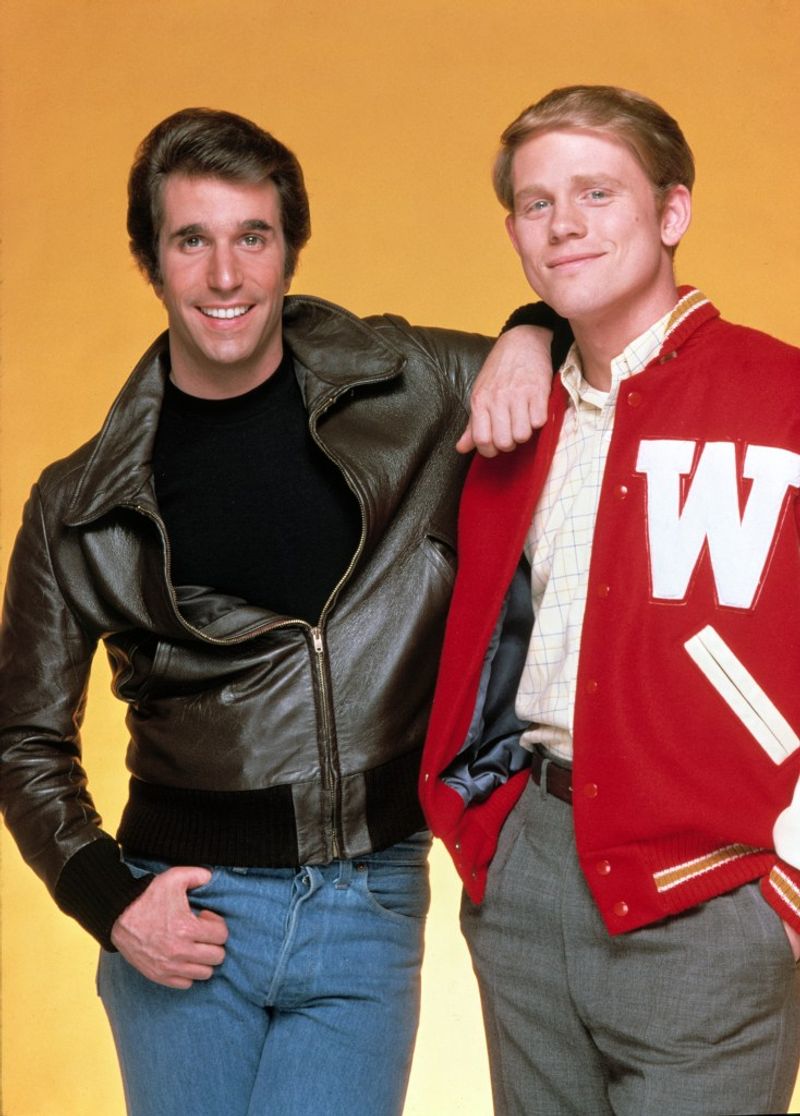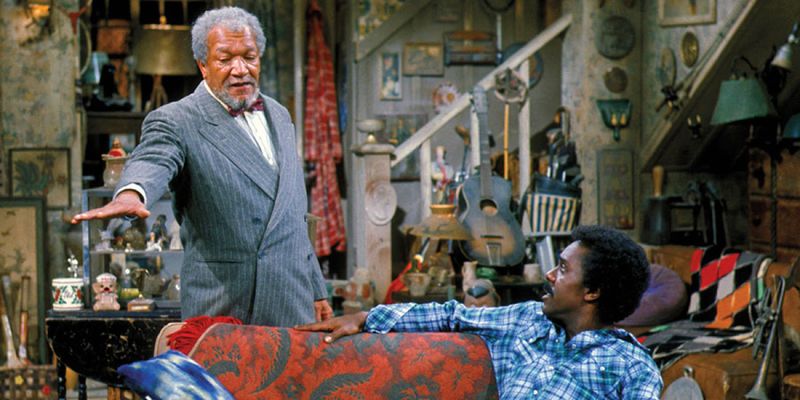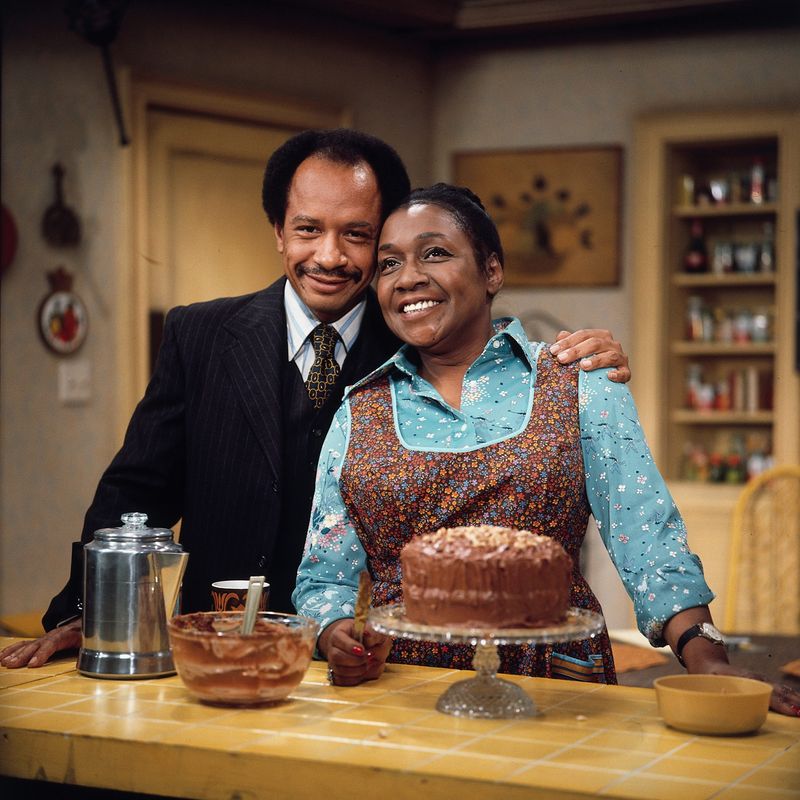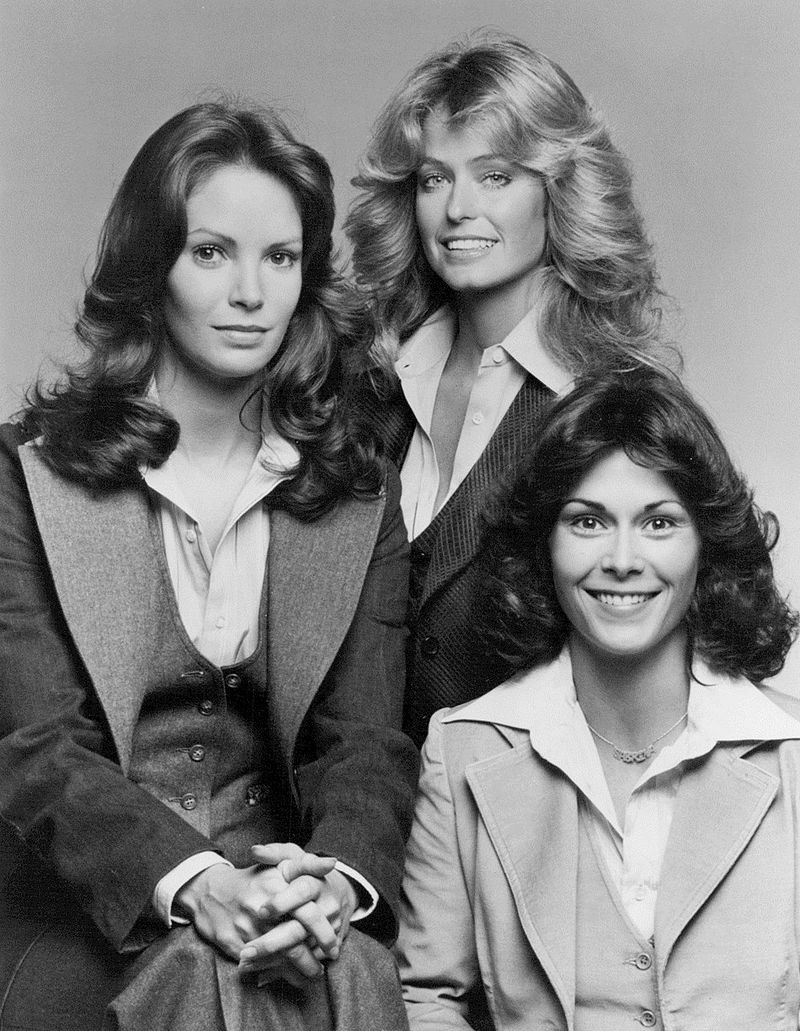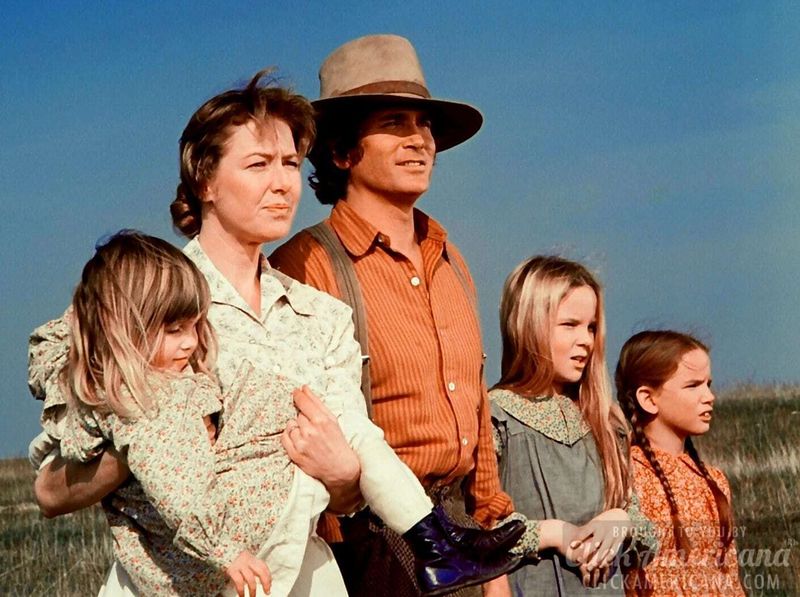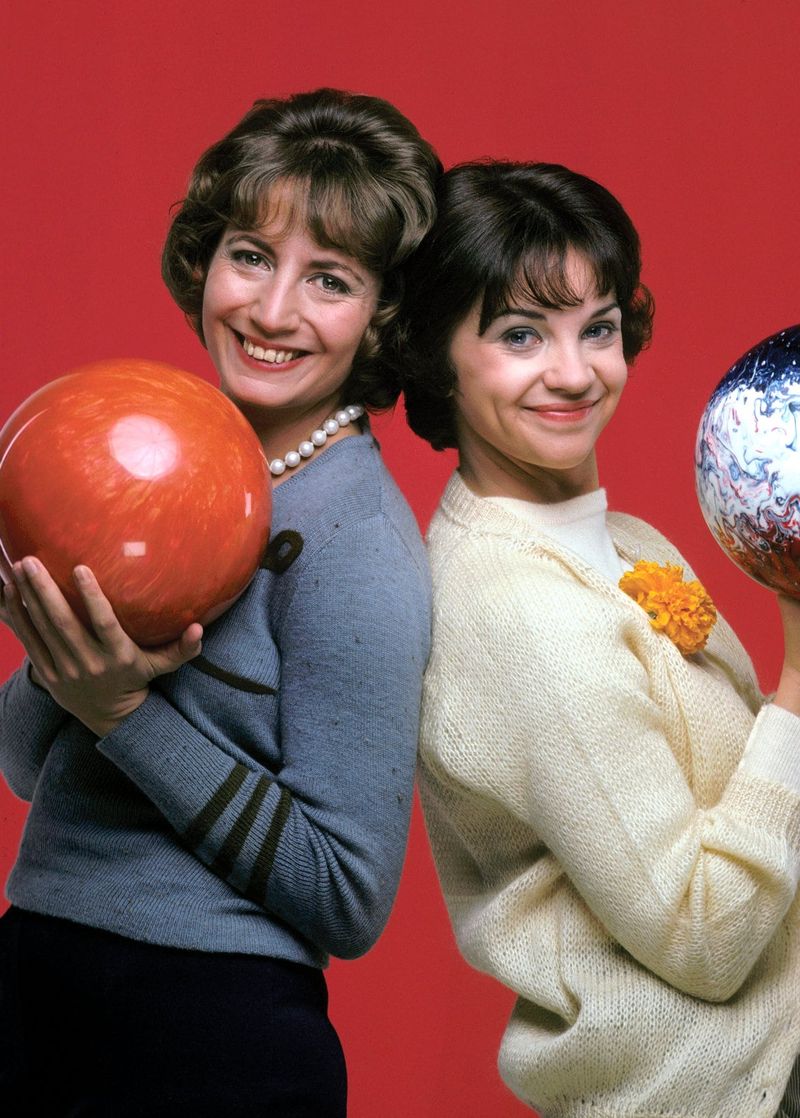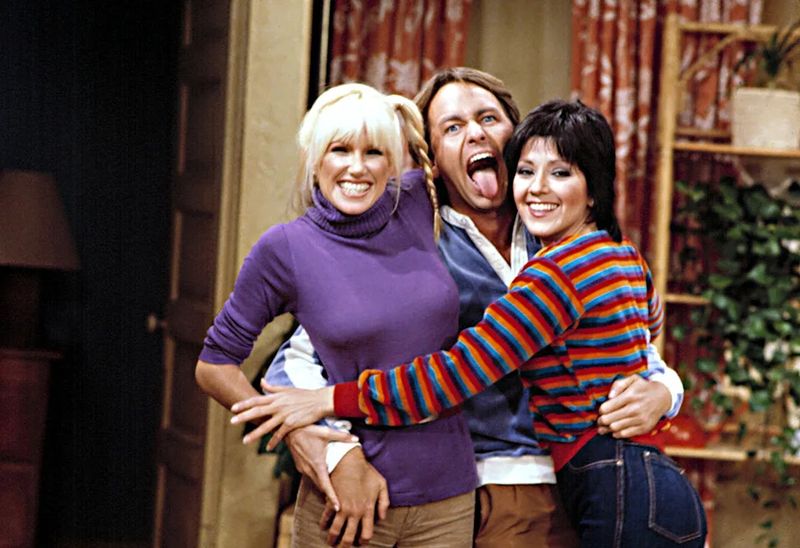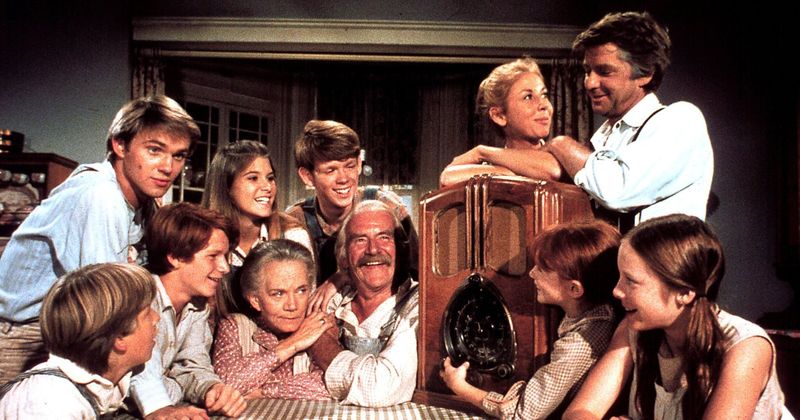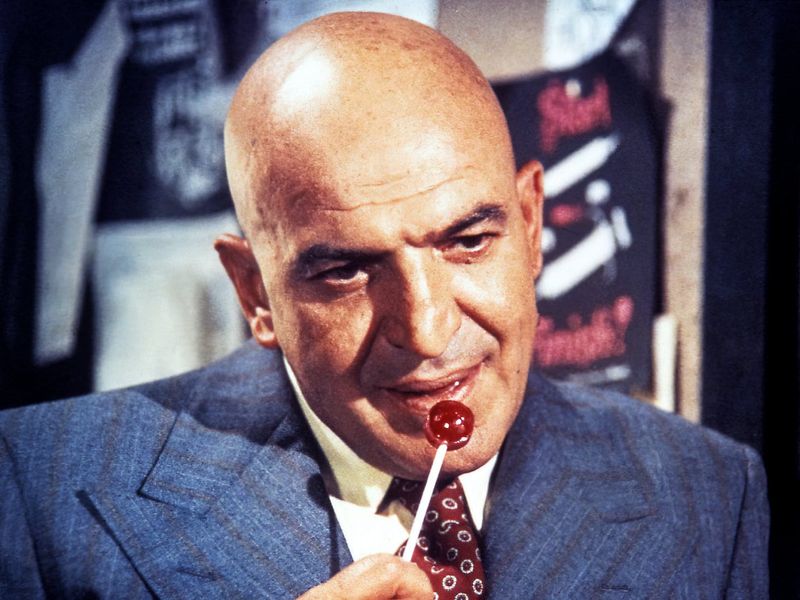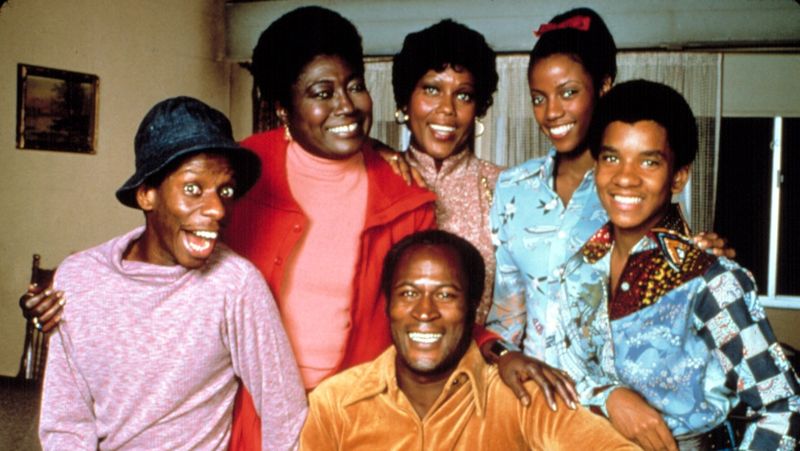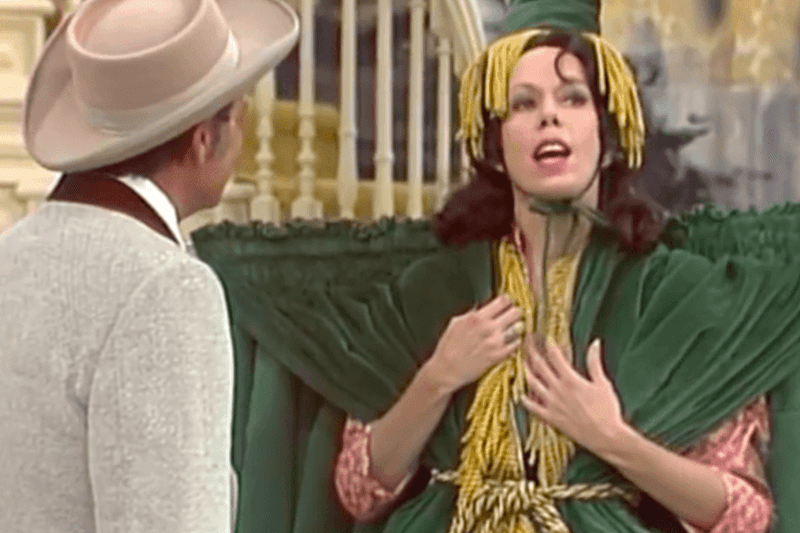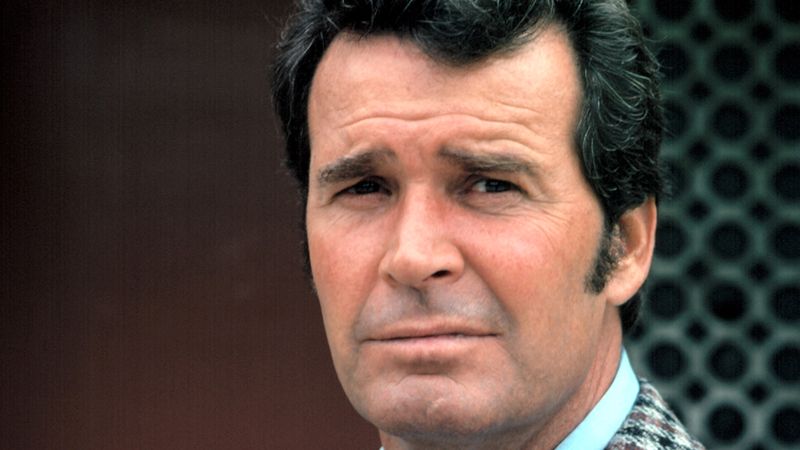The 1970s brought revolutionary changes to our TV screens, with shows that weren’t afraid to tackle social issues while keeping us entertained. These groundbreaking series introduced unforgettable characters who became part of American culture and changed how stories were told on television. From laugh-out-loud comedies to gripping dramas, these 15 shows defined a decade when television truly came into its own.
1. All in the Family
Nothing prepared America for Archie Bunker’s loud-mouthed bigotry when this sitcom premiered in 1971. Creator Norman Lear used the controversial character to hold a mirror up to society’s prejudices, making viewers both laugh and think.
The show’s groundbreaking approach to racism, homosexuality, women’s liberation, and other hot-button issues transformed television forever. Carroll O’Connor’s portrayal of the stubborn yet somehow lovable Archie became an iconic performance.
With its working-class Queens setting and brilliant supporting cast including Jean Stapleton as Edith, the show topped the Nielsen ratings for five consecutive years.
2. M*A*S*H
Set during the Korean War but serving as a thinly veiled commentary on Vietnam, M*A*S*H masterfully balanced humor with heartbreak. The 4077th Mobile Army Surgical Hospital became a second home for millions of viewers who tuned in weekly to follow the doctors and nurses saving lives amid the chaos of war.
Alan Alda’s Hawkeye Pierce emerged as the conscience of the show, using humor to cope with the horrors surrounding him. The series grew more profound as seasons progressed, tackling increasingly complex moral dilemmas.
When M*A*S*H finally ended in 1983, its feature-length finale became the most-watched television episode in American history.
3. The Mary Tyler Moore Show
Mary Richards tossed her hat into the Minneapolis sky and into television history. As a 30-something single career woman, Mary broke new ground simply by existing on screen – previous shows typically portrayed unmarried women as either looking for husbands or somehow incomplete.
The WJM-TV newsroom provided the perfect backdrop for a stellar ensemble cast including Ed Asner’s gruff Lou Grant and Betty White’s manipulative Sue Ann Nivens. Mary’s apartment with its iconic sunken living room became a symbol of independent womanhood.
Behind the scenes, the show employed more female writers than any other production, bringing authentic women’s perspectives to primetime television.
4. Happy Days
Richie Cunningham and friends transported viewers to a rose-colored version of 1950s Milwaukee where sock hops and malt shops ruled youth culture. The show hit its stride when leather-jacketed Arthur Fonzarelli – the Fonz – emerged as an unexpected breakout character.
Henry Winkler’s portrayal of the thumb-raising, “Aaaay!”-exclaiming cool guy became a cultural phenomenon. Kids across America imitated his swagger and catchphrases, while his motorcycle and jukebox-starting abilities became legendary.
Though later seasons jumped the shark (literally creating that phrase), early Happy Days captured an idealized American nostalgia that resonated deeply during the turbulent post-Vietnam, post-Watergate 1970s.
5. Sanford and Son
Redd Foxx brought his raw stand-up comedy style to primetime as junk dealer Fred Sanford, creating one of television’s most memorable characters. His fake heart attacks – “I’m coming, Elizabeth!” – and constant battles with his son Lamont provided non-stop laughs.
The Watts, Los Angeles setting allowed the show to explore urban African-American experiences rarely seen on television before. Producer Norman Lear adapted the concept from British comedy “Steptoe and Son,” but Foxx’s performance made it uniquely American.
The iconic theme song by Quincy Jones became instantly recognizable, while the cluttered junkyard set perfectly matched the sometimes messy father-son relationship at the heart of the show.
6. The Jeffersons
George and Louise Jefferson moved on up from Queens to a deluxe apartment in Manhattan’s East Side, bringing audiences along for a groundbreaking portrayal of African-American success. As a spin-off from All in the Family, the show maintained social relevance while forging its own identity.
Sherman Hemsley’s portrayal of the proud, opinionated George Jefferson created an unforgettable character whose strut became his signature. Isabel Sanford’s Louise (“Weezy”) provided the perfect counterbalance as the level-headed wife keeping George grounded.
The Jeffersons tackled interracial marriage through neighbors Tom and Helen Willis, while sassy maid Florence (Marla Gibbs) frequently stole scenes with her sharp comebacks to George’s bluster.
7. Charlie’s Angels
Three beautiful women fighting crime for a mysterious boss they never met – the concept sounds simple, but it revolutionized television. Farrah Fawcett’s feathered hair became the decade’s most copied style, while her famous red swimsuit poster adorned millions of walls.
Critics dismissed it as “jiggle TV,” but audiences couldn’t get enough of the Angels’ weekly adventures. The show cleverly balanced action sequences with glamour, creating a formula that kept viewers coming back despite multiple cast changes.
Producer Aaron Spelling understood exactly what viewers wanted – attractive people in exciting situations. The opening narration – “Once upon a time, three little girls went to the police academy…” – became instantly recognizable across America.
8. Little House on the Prairie
The Ingalls family’s struggles and triumphs on the American frontier captivated viewers seeking wholesome family entertainment. Based on Laura Ingalls Wilder’s beloved books, the show’s simple values and historical setting provided an escape from modern complexities.
Michael Landon served as producer, director, and star, bringing Charles Ingalls to life as the quintessential loving father. Melissa Gilbert grew up before viewers’ eyes as Laura, while the town of Walnut Grove became a character in itself.
Despite its seemingly simple premise, the show didn’t shy away from difficult topics like racism, addiction, and disability. Its emotional honesty and historical setting made it stand out among more urban, contemporary shows of the era.
9. Laverne & Shirley
“Schlemiel! Schlimazel! Hasenpfeffer Incorporated!” This nonsensical chant opened every episode as Laverne DeFazio and Shirley Feeney skipped down Milwaukee streets arm-in-arm. The Happy Days spin-off quickly established its own identity through physical comedy and the electric chemistry between stars Penny Marshall and Cindy Williams.
Set in the late 1950s/early 1960s, the show followed two working-class women employed at the fictional Shotz Brewery. Their basement apartment became the setting for countless mishaps, while their upstairs neighbors Lenny and Squiggy provided reliable laughs with every entrance.
The show celebrated female friendship decades before it became a television staple, showing two independent women supporting each other through life’s challenges.
10. Three’s Company
When Jack Tripper pretended to be gay so landlord Mr. Roper would allow him to share an apartment with two women, a classic sitcom premise was born. John Ritter’s physical comedy skills as Jack made even the simplest scenes hilarious through his pratfalls and double-takes.
Joyce DeWitt as sensible Janet and Suzanne Somers as ditzy Chrissy completed the trio, with their misunderstandings driving much of the plot. The show pushed boundaries with its suggestive humor while maintaining just enough innocence to stay network-friendly.
Despite behind-the-scenes drama, including Somers’ famous contract dispute, the show remained a ratings powerhouse. Its Regal Beagle bar scenes and iconic Santa Monica apartment became familiar settings for millions of viewers.
11. The Waltons
“Goodnight, John-Boy” became America’s bedtime ritual thanks to this heartwarming drama about a Depression-era family in Virginia’s Blue Ridge Mountains. Created by Earl Hamner Jr. based on his own childhood, the show celebrated family values without becoming preachy.
The three-generation household faced realistic hardships – poverty, illness, war – with dignity and unity. Richard Thomas as aspiring writer John-Boy served as both protagonist and narrator, while Will Geer’s Grandpa and Ellen Corby’s Grandma provided wisdom and humor.
Premiering during the Vietnam era’s social upheaval, The Waltons offered a comforting vision of American resilience. Its iconic house with the wraparound porch became a symbol of simpler times that resonated with viewers seeking stability.
12. Kojak
“Who loves ya, baby?” Telly Savalas turned a bald head and lollipop into iconic detective trademarks as Lieutenant Theo Kojak. His tough-talking New York City cop broke the mold by combining streetwise toughness with genuine compassion for victims.
The gritty police procedural didn’t shy away from showing the dark side of 1970s New York. Kojak’s Manhattan South precinct tackled murders, robberies, and corruption with unflinching realism rarely seen in earlier cop shows.
Behind Kojak’s signature catchphrases and Tootsie Pops lay a complex character – a principled detective frustrated by bureaucracy yet determined to find justice. The show’s jazzy theme song and yellow Buick Century convertible completed the cool detective package that influenced crime dramas for decades.
13. Good Times
The Evans family brought authentic urban African-American experiences to primetime television, showing a loving family fighting to survive in Chicago’s housing projects. As a spin-off from Maude (itself a spin-off from All in the Family), the show maintained Norman Lear’s commitment to addressing social issues.
Esther Rolle’s strong matriarch Florida and John Amos’s hardworking James provided the family’s foundation. Their children – especially Jimmie Walker’s J.J. with his “Dy-no-mite!” catchphrase – showed different responses to their challenging environment.
Though later seasons faced criticism for emphasizing J.J.’s comedic antics over social commentary, the show never abandoned its core message: that family unity and dignity could triumph even in difficult circumstances.
14. The Carol Burnett Show
Saturday nights belonged to Carol Burnett, whose variety show combined elaborate musical numbers with side-splitting comedy sketches. Her ear-tugging sign-off to her grandmother became as famous as her Tarzan yell and audience Q&A sessions that opened each show.
The core ensemble – Harvey Korman, Vicki Lawrence, Tim Conway, and later Dick Van Dyke – created unforgettable characters week after week. Conway’s ability to make Korman break character became a running meta-joke that audiences loved.
Recurring sketches like “The Family” (which later spawned the spin-off “Mama’s Family”) and the soap opera parody “As the Stomach Turns” became cultural touchstones. The show’s famous “Gone With the Wind” parody featuring Burnett wearing curtains complete with rod remains one of television’s most iconic comedy moments.
15. The Rockford Files
James Garner brought easygoing charm to ex-con private investigator Jim Rockford, creating a new kind of TV detective who preferred talking his way out of trouble to throwing punches. Living in a modest mobile home on a Malibu beach, Rockford was the antithesis of wealthy TV sleuths.
The show’s innovative style included Rockford’s answering machine messages that opened each episode and car chases that emphasized realism over Hollywood stunts. Noah Beery Jr. as Rockford’s dad Rocky provided heart, while Joe Santos as exasperated cop Dennis Becker gave Rockford a reluctant ally in law enforcement.
Creator Stephen J. Cannell’s scripts balanced humor, action and character development, making Rockford a fully realized person rather than just a crime-solving machine.
